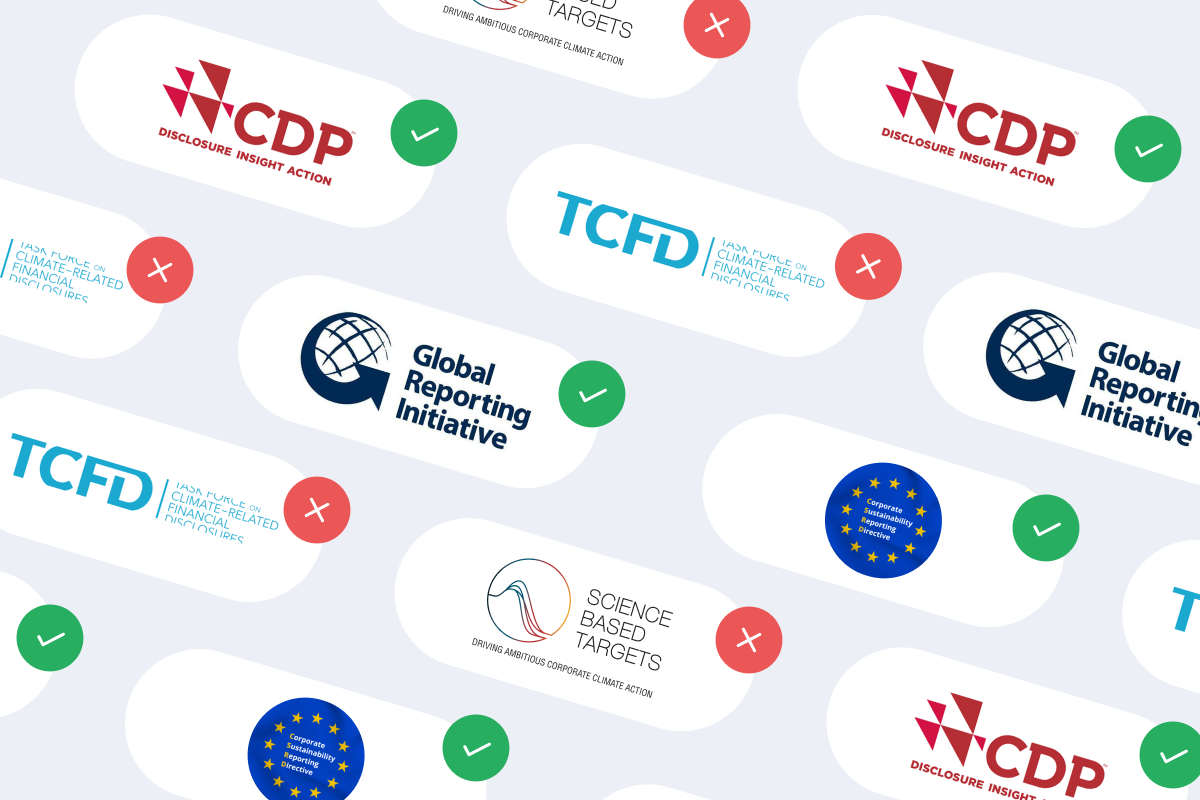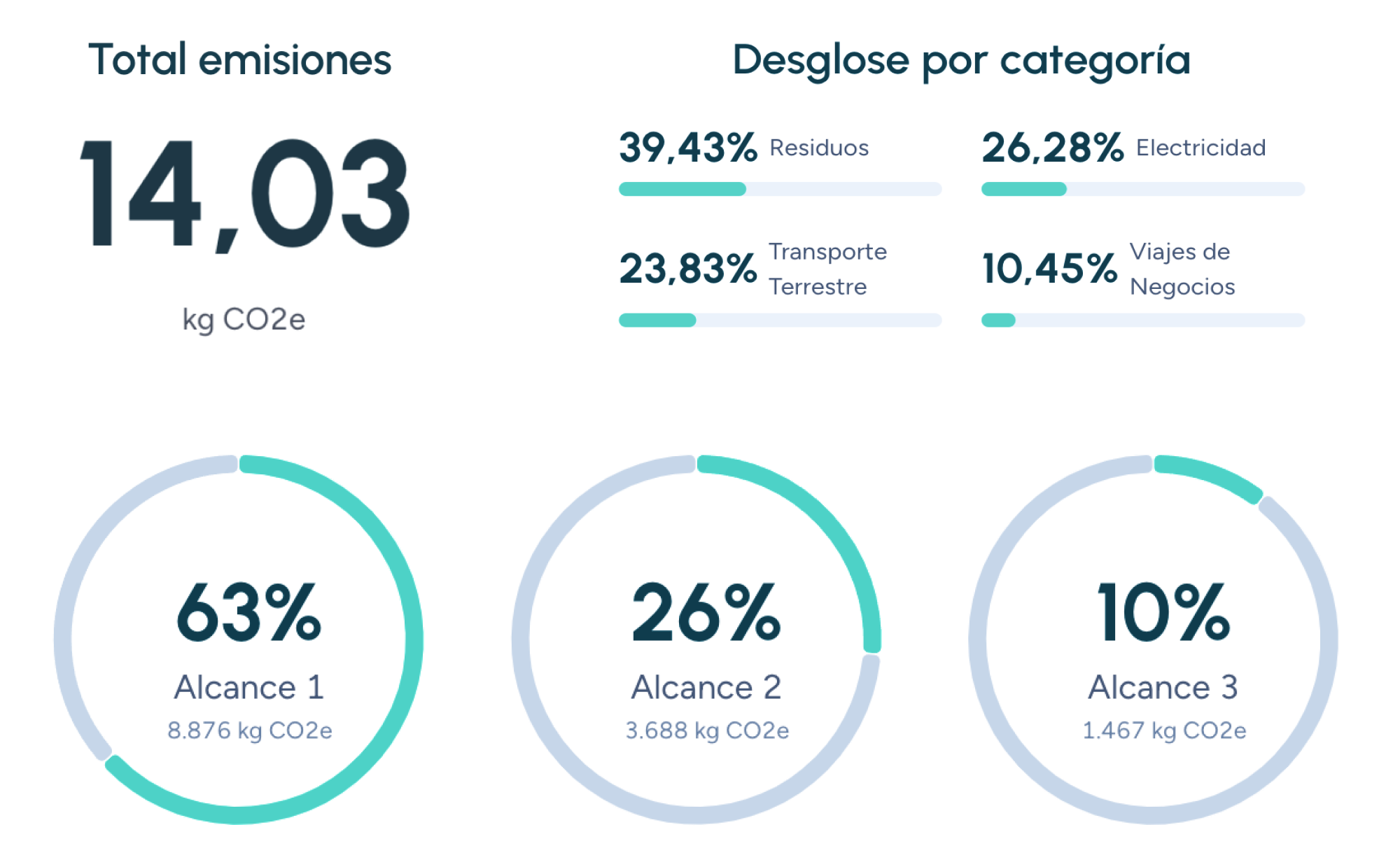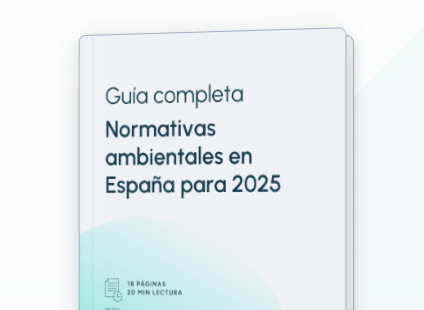Climate risk
Climate risk refers to the potential adverse effects of climate change on natural and human systems. These effects can be:
- Physical, such as rising sea levels or extreme weather events.
- Transitional, related to the shift toward a low-carbon economy.
Understanding climate risk is crucial for businesses to take action, mitigate their impact, and adapt to an uncertain future.
Types of climate risk
Physical risks
Physical risks arise directly from climate change and are divided into two categories:
- Acute risks: Extreme weather events, such as hurricanes, floods, droughts, and wildfires, causing immediate damage.
- Chronic risks: Gradual changes in climate patterns, such as rising sea levels, increasing temperatures, and ocean acidification, leading to long-term effects.
Transition risks
Transition risks emerge from efforts to mitigate climate change and adapt to a low-carbon economy. These risks may include:
- Regulatory risks: Government policy changes, such as carbon taxes or stricter emission regulations.
- Technological risks: Rapid clean technology advancements that make existing technologies obsolete.
- Market risks: Shifts in consumer demand, such as the decline in fossil fuel consumption.
- Reputational risks: Damage to a company’s reputation due to climate inaction or high carbon exposure.
The role of carbon footprint measurement in climate risk management
The carbon footprint measures the GHG emissions generated by an organization, product, event, or individual.
Measuring the carbon footprint is a fundamental step in climate risk management as it enables companies to:
- Identify and quantify emission sources: Understanding the origin and scale of emissions helps prioritize reduction efforts.
- Assess exposure to climate risks: A high carbon footprint can indicate greater vulnerability to regulatory, technological, and market risks.
- Set emission reduction targets: Measurement provides a baseline for setting ambitious yet achievable goals.
- Implement mitigation strategies: Knowing the carbon footprint allows companies to design and implement effective emission reduction strategies.
- Communicate environmental performance: Transparency in carbon footprint reporting enhances a company’s reputation and stakeholder trust.
Regulatory and legal framework
Various international agreements (such as the Paris Agreement) and national laws (such as Spain’s Climate Change and Energy Transition Law 7/2021) establish climate action frameworks and climate risk management regulations. These policies promote the measurement and reduction of GHG emissions as well as the disclosure of climate risk information.
Understanding and managing climate risk is essential for building a resilient and sustainable future.
Companies that trust us

Consumptive Use of Water
Consumptive use of water is the fraction of withdrawn water that does not return to the same basin in usable conditions, due to evaporation, transpiration, incorporation into products, or transfer outside the region.
Corporate water footprint
Discover what the corporate water footprint is, how it is calculated, what standards regulate it, and how companies use it to manage risks and improve sustainability performance.
Cumulative Environmental Impact
Explore Cumulative Environmental Impact, a key concept for assessing sustainability and managing the environment, encompassing all effects of an activity throughout its life cycle.
Guiding businesses towards net-zero emissions through AI-driven solutions.
© 2025 Manglai. All rights reserved
Política de Privacidad


